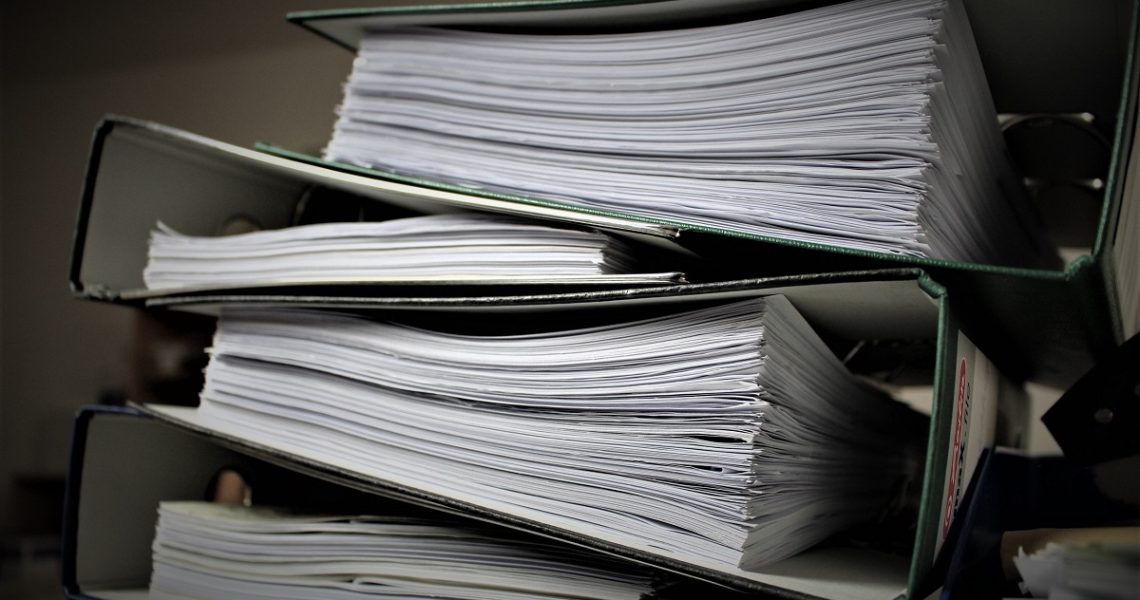The first-ever record of writing on papyrus began in 3000 BCE when ancient Egyptians turned plants that grew along the Nile River into a writing surface. Ever since then, paper has been developed in several ways and large quantities.
Paper is the most versatile material used in all aspects of living. Papermaking is present from the books you read since you were young to the documents you handle as a professional. But did you ever stop to consider how these materials are made?
People are rarely curious about how the products they use for their everyday lives are made. It is only natural because, with everything in the world, people hardly ever stop learning about these trivial things. If you are one of the curious minds that are searching for answers, then here is a quick overview of the art of papermaking:
Source of Paper Pulp
The main source of paper comes from forestry products. The most commonly used trees are fast-growing, evergreen conifers or softwoods like spruce, pine, fir, larch, hemlock, eucalyptus, aspen, or birch. Although bamboo, cotton, hemp, jute, and other plant materials can also create paper.
The best parts of these trees are used in the construction and lumber industry, while the rest are turned into paper. Before becoming pulp that is turned into paper, the trees are first cut into logs, debarked, and then chipped to ease the process.
On the other hand, recycling can come from old paper products that undergo chemical processes too. The reason for this is so that the end product becomes more refined and clean.
Mechanical and Chemical Process
Papers are created from pulp that is taken from trees or plants. Basically, the tree or plant is bashed until they release fibers, which are then mixed with water to create a stock. After this suspension of fibers is made, the pulp is spread on a wire mesh to dry up and bond together.
For commercial purposes, the pulp is now being prepared by machines that can speed up papermaking. These machines can cut, wash, chop, beat, and blend wood or other raw materials into a soggy mass of fibers. This mechanical method is called the groundwood process.
Another method for papermaking uses chemicals and is called the Kraft process. With this method, plant materials are boiled in sodium sulfide or sodium hydroxide to produce the fibers. This results in a stronger paper because strong alkalis have been introduced in the process.

Commercial Manufacturing of Paper
Once the pulp is prepared, it is now ready to be turned into paper through roller machines. Several types of machines can be used to prepare the paper depending on the kind you need to produce.
Through these machines, the pulp is dried and pressed repeatedly to result in large sheets or rolls that are ready to be cut up. Most manufacturers use a rotary die cutter machine to create the kind of paper bought in the market.
These machines are used to ease production through minimal supervision, and it is a good alternative to manual labor that will take longer to produce the same amount of output. Investing in such machines can also boost productivity as well as product quality.
Packaging and Distribution of Paper Products
Before the paper you know is delivered into the market, they first have to be packaged in factories. Paper products go through a rigorous process of finishing to be refined and raise the quality even further.
After the paper products are created, they are distributed to the market through merchants worldwide. These paper merchants can be the brands that you know today. Paper mills also supply their products to printers, retailers, and major corporations such as magazine publishers and newspaper companies.
Knowing about the process of how paper is made from trees may not add value to your life unless you are entering the papermaking industry. But trivial facts such as these can be an exciting thing to learn every once in a while. Besides, there is no harm in appreciating the art and history behind one of the world’s most used materials.
Can you imagine what kind of world you will be living in if paper was never invented? People could still be writing on clay tablets, and civilization may have never progressed because writings and observations have no way of being passed on other than word of mouth.

